‘Live And Dangerous’: Bottling Thin Lizzy’s Electric Energy
Thin Lizzy’s ‘Live and Dangerous’ is one of the most influential live rock albums ever made.
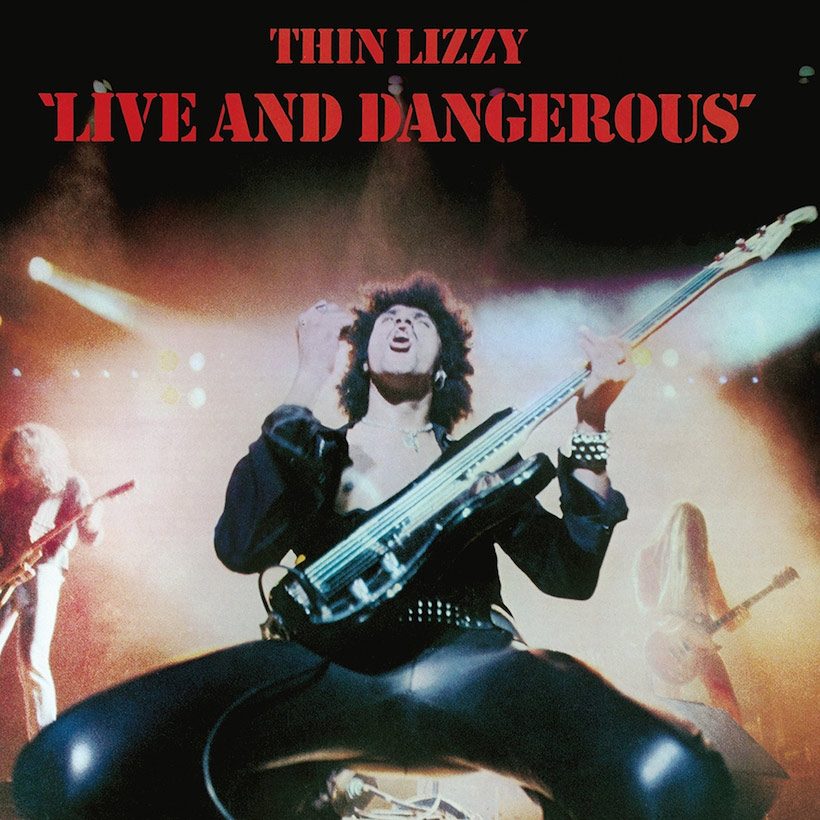
Thin Lizzy’s album Bad Reputation came out in September 1977 and became their first to crack the UK top 10, making No.4 and going on to sell an awful lot of copies. For their next release, it was decided that a live album was the way to go. Always a great band in concert, it was an obvious choice, although it was one that David Bowie had a hand in.
Bad Reputation and its hit single, “Dancing in the Moonlight (It’s Caught Me in Its Spotlight)” were produced by Tony Visconti and he was the man that Phil Lynott wanted to produce their next album. Lynott gave Visconti a choice: Either start a studio album then stop after a month to work with Bowie, and then resume working with Thin Lizzy. Or Thin Lizzy could just spend the time working on putting out a live album. Live and Dangerous was the result.
Listen to Live and Dangerous now.
According to Tony Visconti in his book, Bowie, Bolan and the Brooklyn Boy, it was challenging. “I should have realized as soon as the tapes arrived that I was going to be in trouble. The band had recorded several shows in America and Europe, which in itself may not have been a problem. The difficulties started when I found the tape formats were different; some were recorded at the new fashionable 30 ips (inches per second) and the rest at 15 ips. Some used the Dolby A system, some didn’t, some used the AES frequency curve and some with the European CCIR curve. Without getting too technical, this was a nightmare.”
The European concert was from Hammersmith Odeon, in London, from November 1976, during the Johnny the Fox tour, and the rest from the band’s recent Bad Reputation tour recorded in Seneca College Fieldhouse, Toronto, in October 1977.
According to Visconti, “When we listened to the tapes they were very definitely a little too rough to do straightforward mixing as originally planned. Phil begged to be able to fix a few vocals by dropping in a few lines in each song. It proved almost impossible to match the microphone characteristics on each track. The vocal tracks also had a lot of drums and guitar leakage, noticeably missing when Phil would re-sing a line in an acoustically dry studio. Rather than endless hours of trying to match the sound, we found it easier to have Phil simply re-sing everything! Things then got even more complicated. ‘The trouble is, Tony, that my bass playing really suffers when I’m singing live and playing at the same time.’ He was right. He missed a lot of notes. Once again we couldn’t match the sound from the different cities, so we set his stage gear up in the studio and he replayed every bass part. Good Earth (Visconti’s London studio) had a three-tiered control room. Phil stood on the top tier, towering over me sitting on the middle tier as I recorded his bass. Interestingly Phil used his radio transmitter for his bass, so that he could move around like he did on stage; I was also getting a visual performance, which made the whole thing more entertaining. Phil also wanted me to blast the volume, so that he could feel the sound rumble in his feet the way he did on stage.”
After working in Visconti’s studio, the band went to Paris for a weekend to finish it at Studio Des Dames. According to Visconti, “Doing an ‘in concert’ album this way was cheating, slightly, but the album is about 55% live and the overdubs gave the poorly recorded performances a more uniform sound. This all took a lot more time than we planned, which meant I was again late for Bowie’s album. On the plus side, Live and Dangerous became a big hit… Even U2 claim it as an early influence.”
And the proof? Live and Dangerous made No.2 on the UK album charts following its release on June 2, 1978.
Listen to the best Thin Lizzy songs on Apple Music and Spotify.


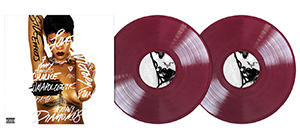
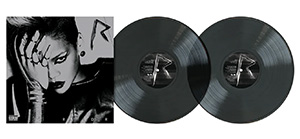
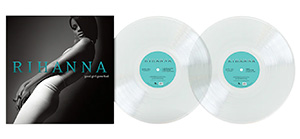



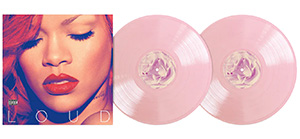
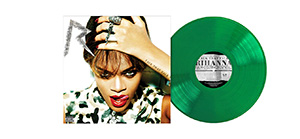
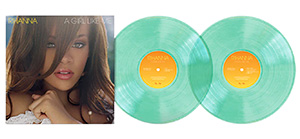
Marcus
January 29, 2018 at 1:57 am
What rubbish! Just listen to Philadelphia 1977 and make your own mind up…